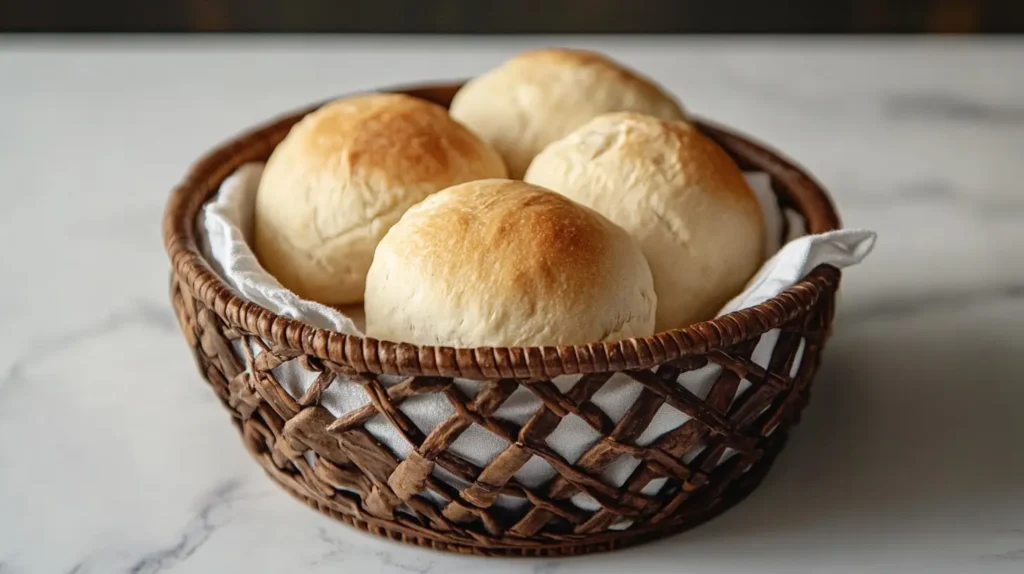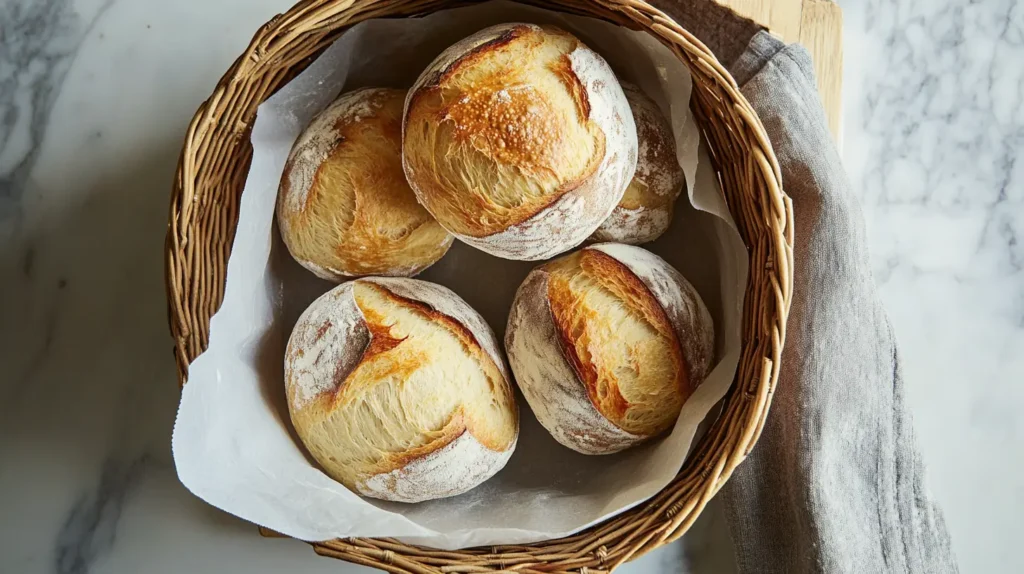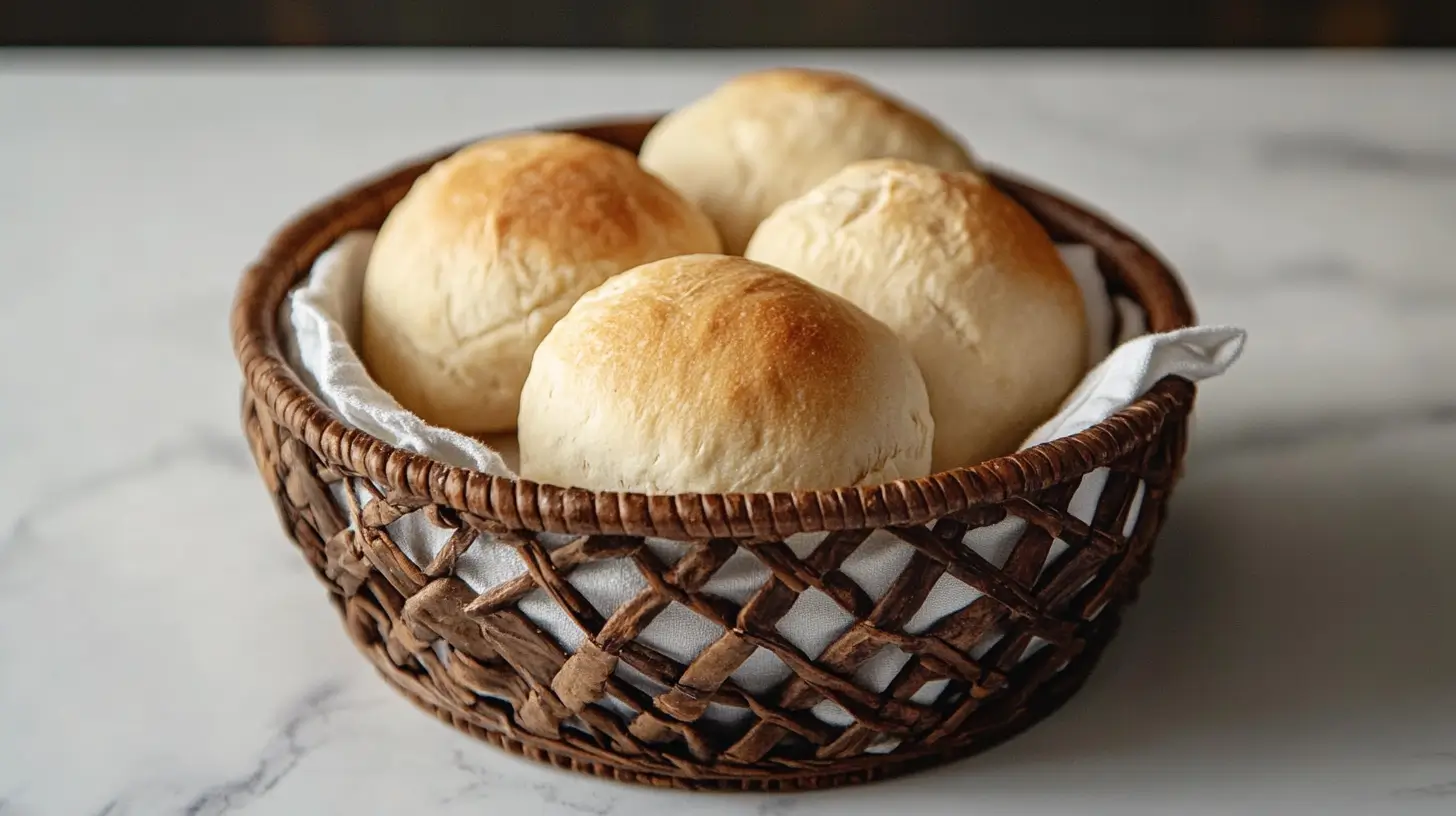Easy Sandwich Bread Recipe
Homemade sandwich bread is more than a culinary project—it’s a rewarding experience that offers superior taste, health benefits, and the freedom to customize. Whether you’re a seasoned baker or trying bread-making for the first time, this guide provides everything you need to craft the perfect loaf.
Table of Contents
Why Homemade Bread is Worth the Effort
In today’s fast-paced world, it’s easy to rely on store-bought bread, but there’s something uniquely satisfying about baking your own. Here are a few reasons why homemade sandwich bread stands out:
- Freshness: Homemade bread is free from preservatives, ensuring every slice is as fresh as it can be.
- Control Over Ingredients: You decide the quality of flour, fat, and sweeteners, tailoring the bread to dietary preferences or health goals.
- Taste and Texture: The flavor of freshly baked bread is incomparable, and you can achieve that perfect balance of a soft crumb with a golden crust.
Essential Ingredients for Perfect Sandwich Bread
Each ingredient plays a vital role in texture, flavor, and structure. Here’s what you’ll need—and why it matters:
Flour
- 3½ cups (420g) bread flour – High in protein for better gluten development, creating a chewy, structured loaf.
- OR
- 3½ cups (420g) all-purpose flour – Yields a softer, slightly less structured bread.
Yeast
- 2¼ tsp (7g) instant yeast – No proofing needed; mixes directly into flour.
- OR
- 2¼ tsp (7g) active dry yeast – Requires proofing in warm liquid for activation.
Liquid
- 1 cup (240ml) warm whole milk – Adds richness and tenderness.
- OR
- 1 cup (240ml) warm water – Lighter texture; great for a more neutral flavor.
Note: Temperature should be between 100–110°F (38–43°C) to activate yeast without killing it.
Sweetener
- 2 tbsp (25g) granulated sugar – Adds mild sweetness and helps yeast rise.
- OR
- 2 tbsp (30g) honey – Offers a deeper flavor and additional moisture.
Salt
- 1½ tsp (9g) salt – Enhances overall flavor and strengthens the dough structure.
Fat
- 2 tbsp (28g) unsalted butter, melted – Makes the crumb soft and the loaf moist.
- OR
- 2 tbsp (30ml) neutral oil (e.g., canola or vegetable) – Slightly lighter texture, same tender result.
Step-by-Step Guide to Baking Sandwich Bread
Follow these steps to create a soft, golden, and sliceable sandwich loaf:
1. Prepare Your Workspace
- Gather: Large mixing bowl, measuring tools, loaf pan (9×5 inch), stand mixer (optional), spatula or wooden spoon.
- Lightly grease the loaf pan with butter or oil spray.
2. Mix the Dough
- In a large bowl, combine:
- 3½ cups flour
- 1½ tsp salt
- 2¼ tsp instant yeast (if using active dry yeast, dissolve in the warm milk/water with sugar first and let it sit for 5–10 minutes until foamy).
- Add wet ingredients:
- 1 cup warm milk or water
- 2 tbsp melted butter or oil
- 2 tbsp sugar or honey
- Stir until a shaggy dough forms.
3. Knead the Dough
- Knead by hand for 8–10 minutes on a lightly floured surface, or use a stand mixer with a dough hook for 6–8 minutes.
- The dough should be smooth, elastic, and slightly tacky.
4. First Proofing
- Place dough in a greased bowl. Cover with a damp towel or plastic wrap.
- Let rise in a warm, draft-free spot for 1–2 hours, or until doubled in size.
5. Shape the Dough
- Gently deflate the dough. Shape it into a tight log that fits your loaf pan.
- Place seam-side down in the greased pan.
6. Second Proofing
- Cover again and let rise for 30–45 minutes, or until the dough rises just above the rim of the pan.
7. Bake
- Preheat oven to 375°F (190°C).
- Bake for 25–30 minutes, or until golden brown on top. The loaf should sound hollow when tapped on the bottom.
8. Cool
- Remove from pan and transfer to a wire rack.
- Allow to cool completely (at least 1 hour) before slicing to avoid a gummy texture.

Tips for Success
Troubleshooting Common Issues
- Dense Bread: Check that your yeast is fresh and the liquid wasn’t too hot or cold.
- Cracked Crust: This can happen if the dough was over-kneaded or not properly proofed.
Creative Variations
- Add seeds, nuts, or dried herbs to the dough for a unique twist.
- Swap some of the white flour for whole wheat flour to make a heartier loaf.
Pair your bread with a flavorful dish like this healthy chicken salad to create a balanced and delicious meal.
Frequently Asked Questions
Can I Freeze Homemade Bread?
Absolutely. Slice the loaf first for convenience, then store the slices in an airtight bag in the freezer for up to 3 months.
What’s the Best Way to Slice Bread?
Use a sharp serrated knife to ensure clean slices. Wait until the bread has fully cooled to prevent crumbling.
Why Isn’t My Dough Rising?
Your yeast may be expired, or the liquid temperature wasn’t optimal for activation. Always use fresh yeast and check temperatures carefully.

Conclusion
Homemade sandwich bread is more than a recipe—it’s a craft. Whether you’re enjoying a fresh loaf with a favorite soup or creating new variations with seeds and herbs, every slice tells a story.
There are no reviews yet. Be the first one to write one.







